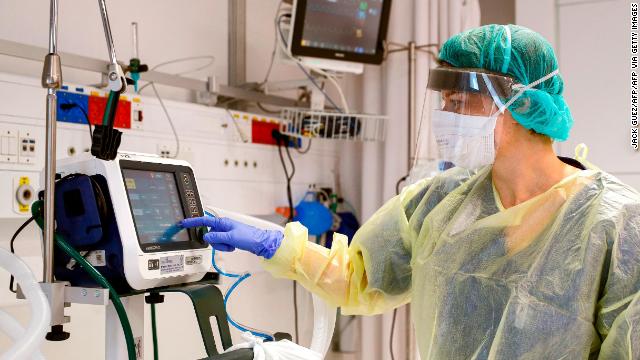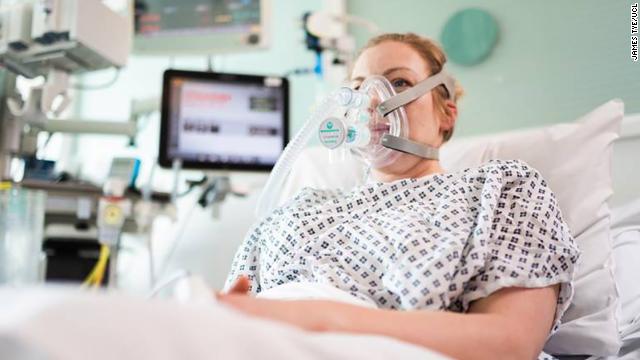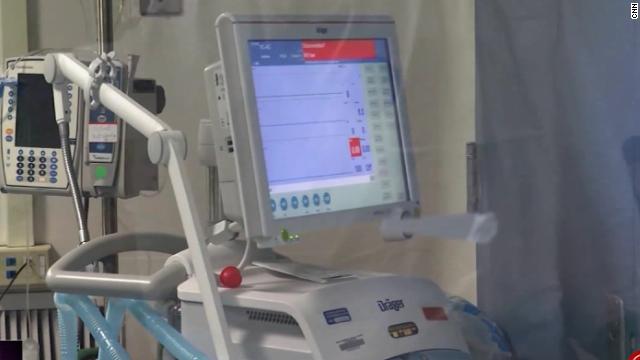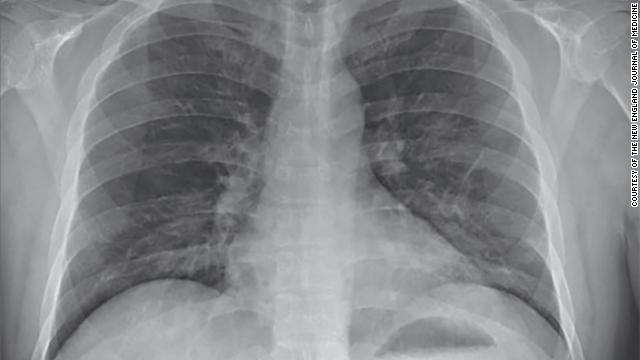Most people who get Covid-19 don& #39;t need to be hospitalized, but some do. An even smaller group require intensive care -- and that largely means ventilators. (1/15)
Ventilators are a kind of life support — breathing machines that can help provide oxygen and get rid of carbon dioxide. It requires that the patient have a breathing tube placed (intubated) and receive sedation, at least initially. (2/15)
There are less-invasive alternatives, including oxygen tubes (or cannulas) and machines that push air into your lungs, like one called the BiPAP. With many respiratory illnesses, doctors will try these less invasive options first and intubate later, if necessary. (3/15)
With #Covid19, though, many doctors are intubating sooner because the non-invasive BiPAP can sometimes aerosolize the virus, creating many airborne particles that put others at risk. (4/15)
There’s been a debate about whether ventilators are being overused or used too early. This can be a problem because there& #39;s a shortage of ventilators in some places, and being on a ventilator comes with its own risks, which we& #39;ll talk about in a moment. (5/15)
We don’t have much data on mortality for #Covid19 patients on ventilators, but estimates for mortality in intensive care units have ranged from "39% to 72% depending on the study," according to the CDC. (6/15) https://www.cdc.gov/coronavirus/2019-ncov/hcp/clinical-guidance-management-patients.html">https://www.cdc.gov/coronavir...
Those terrible stats are likely because the sickest patients are placed on vents. But even so, something else could be going on to explain why it& #39;s so difficult for some Covid-19 patients to survive on vents and some critically ill patients do surprisingly well w/o them. (7/15)
Covid-19 patients are on ventilators longer than a typical respiratory distress patient -- a study from Seattle found a median of 10 days compared to the 5-7 days on average for non-Covid patients. (8/15)
https://www.nejm.org/doi/pdf/10.1056/NEJMoa2004500?">https://www.nejm.org/doi/pdf/1...
https://www.nejm.org/doi/pdf/10.1056/NEJMoa2004500?">https://www.nejm.org/doi/pdf/1...
But that increased time raises the risk of getting a secondary pneumonia while on a ventilator, as well as blood clots from not moving. In general, the longer a patient remains on a ventilator, the less likely they might see a full recovery. (9/15)
And, there are increased risks of just being on a vent: delivering high pressure breaths can damage your lungs, especially if they’re already injured from the virus. (10/15)
So doctors might try additional strategies. For example, in some patients, the problem is also that the lungs aren’t exchanging oxygen the way they should, so doctors might try “prone positioning," lying patients face down to get blood flow to certain areas of the lung (11/15)
Or less-invasive ways of delivering oxygen, like with an oxygen helmet. Lower pressure settings on a ventilator might also be optimal for some patients. (12/15) https://www.uchicagomedicine.org/forefront/patient-care-articles/helmet-based-ventilation-is-superior-to-face-mask-for-patients-with-respiratory-distress">https://www.uchicagomedicine.org/forefront...
These other strategies seem to be working, putting to question what exactly is the pathophysiology of the disease -- how does Covid-19 affect our bodies, especially our lungs? And should ventilators always be used to manage all severely ill Covid-19 patients? (13/15)
It& #39;s true that ventilators are still one of the best tools we have against severe Covid-19, a disease known to cause some patients to worsen quickly and need a secure airway — stat. (14/15)
But, we should be humble and learn together. Covid-19 is a completely new disease. Adjusting how we treat critically ill Covid-19 patients will likely change as we continue to unravel exactly how this disease impacts the body. (15/15)

 Read on Twitter
Read on Twitter





